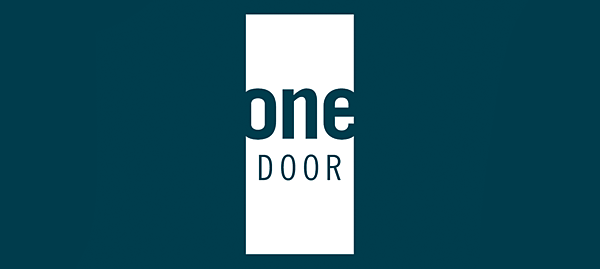You made it through the holiday and reported Q1 results.
Now, it’s time to turn your attention to how you are going to keep transforming your retail business.
If you need to get more out of your stores this year, one area you are probably evaluating is your merchandising technology stack.
You need to become more agile and support better localization because attracting and converting customers in today’s retail environment requires finding new ways to make your products and promotions the most relevant.
As you prioritize investment, you’ll no doubt want to understand where you stack up versus your peers.
In One Door’s 2019 Visual Merchandising Survey, we dug into the topic with almost 300 store operations leaders and visual merchandisers.
We sought to understand if retailers have the technology they need to increase agility and support localization, and to what extent they have digitally transformed.
The responses revealed key areas where retailers need to improve their technology and processes and address a lack of digitization.
Below is a snapshot of what we discovered:
- Planograms don’t match store formats. The most glaring problem we uncovered is that almost half the time, stores are using inaccurate plans to execute their merchandising tasks.
- Planogramming processes are not store-specific. In a time when customers expect a localized shopping experience, the vast majority of retailers still define their planograms by store format and cluster, rather than individual store.
- More than half of store teams receive generic information irrelevant to their store. Store teams are being inundated with reams of paper that don’t pertain to their stores.
